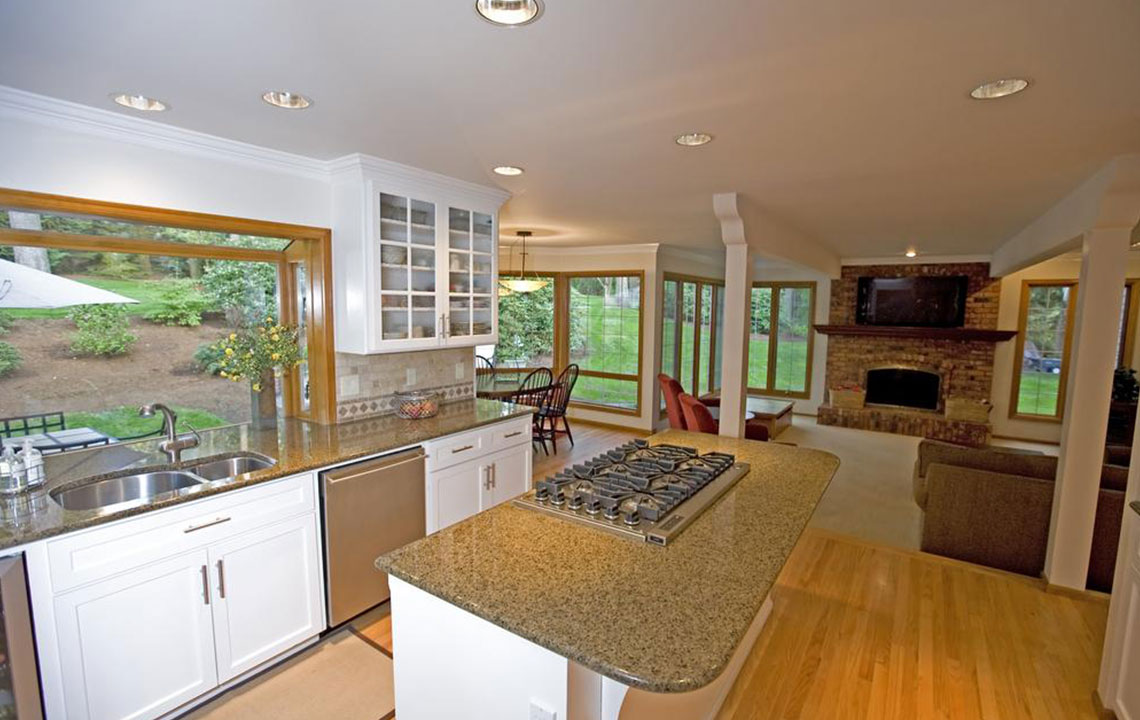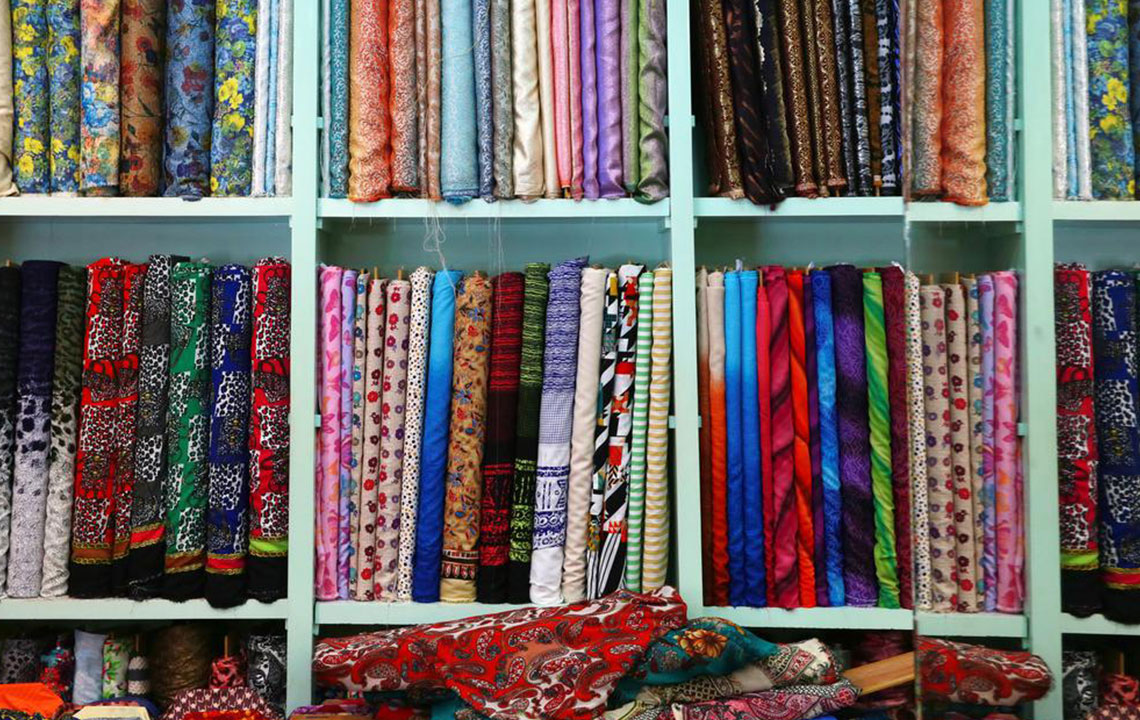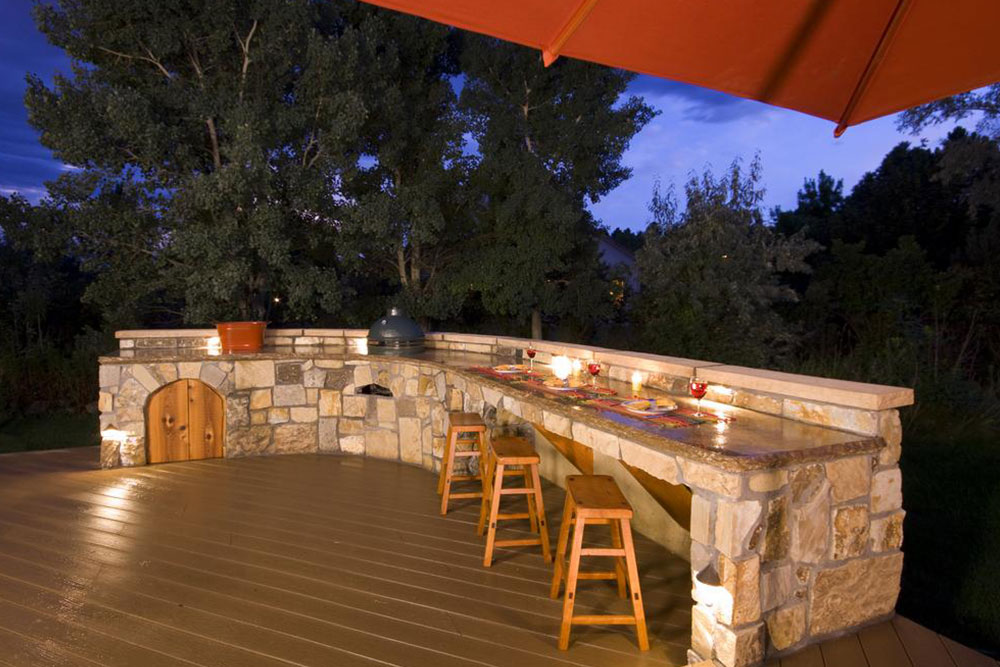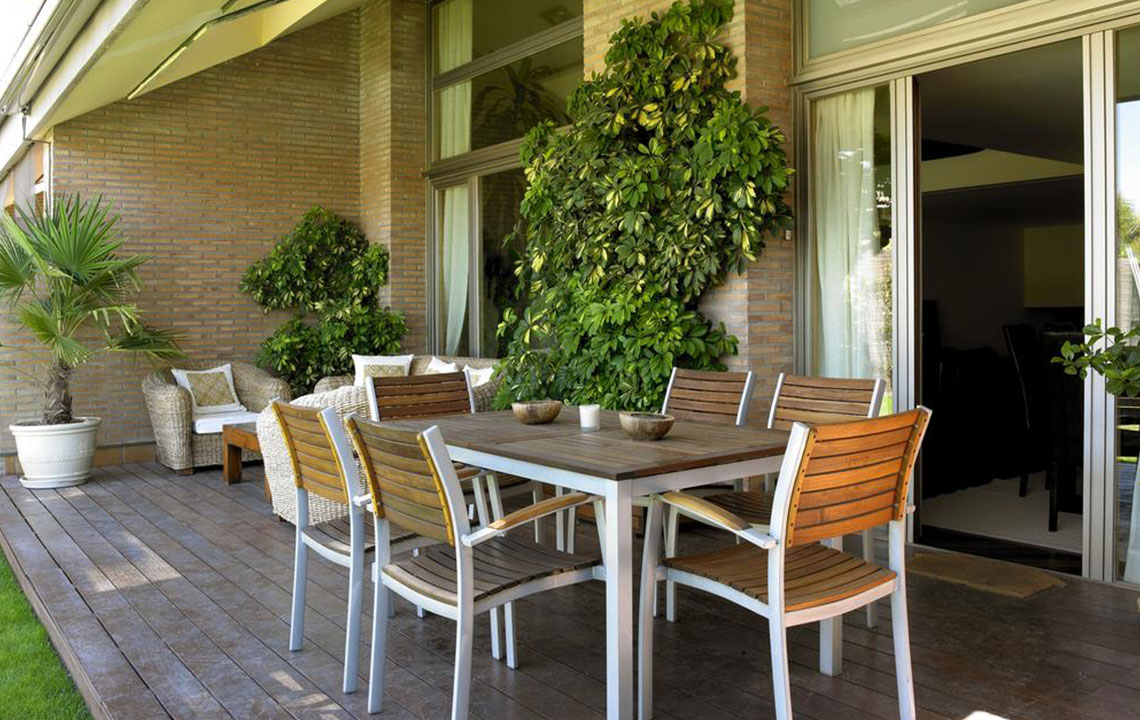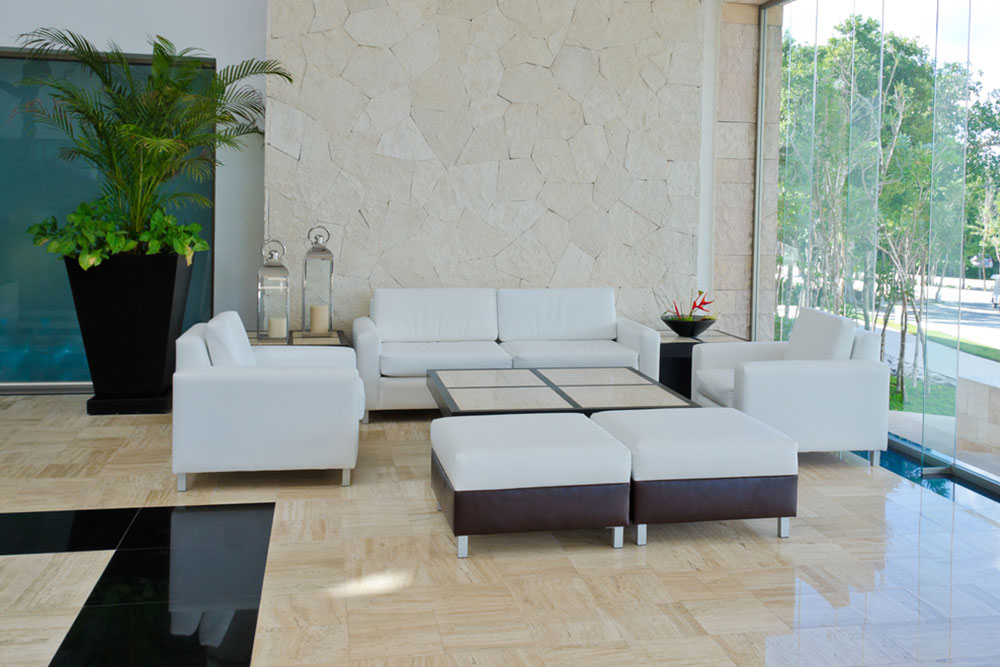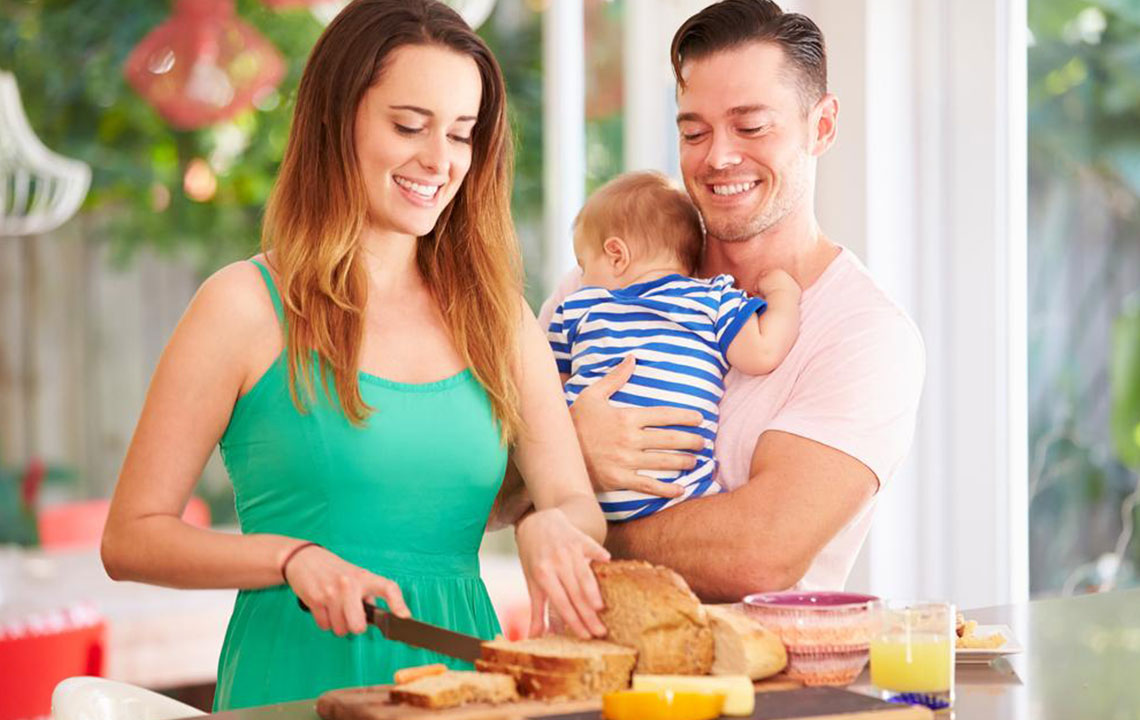Essential Tips for Designing a Durable Outdoor Kitchen Island
Discover essential tips for designing a resilient and functional outdoor kitchen island. From layout considerations and appliance choices to durable materials and proper ventilation, this guide covers everything to create an ideal outdoor cooking space tailored to your needs and environment. With options for prefab and custom designs, learn how to plan the perfect outdoor kitchen that combines practicality, safety, and style.
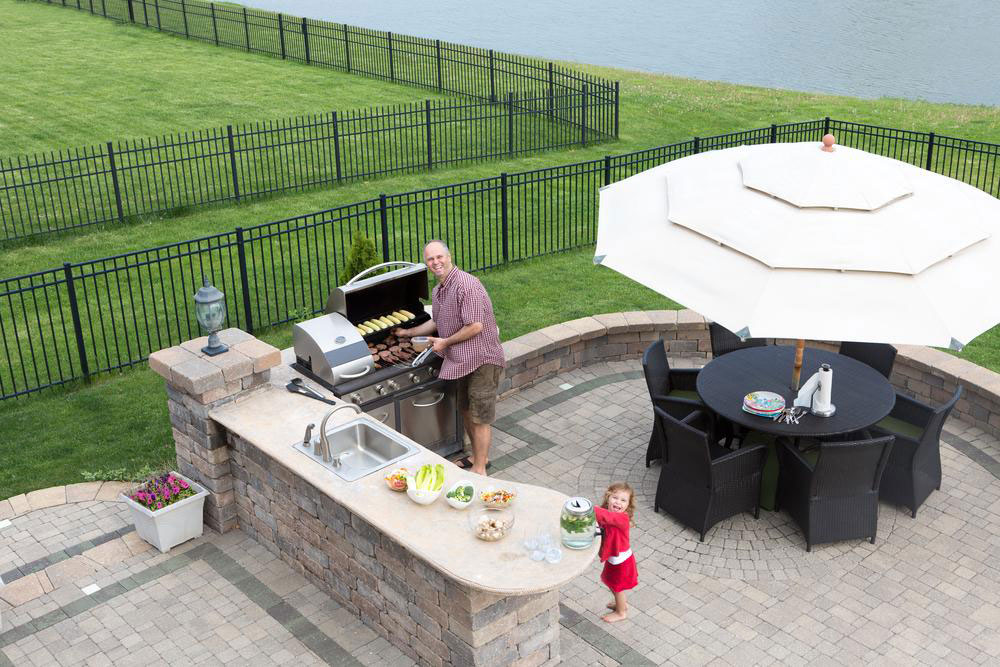
Essential Tips for Designing a Durable Outdoor Kitchen Island
When planning an outdoor kitchen island, eliminating the need for a traditional work triangle simplifies the layout. A dedicated grill station helps keep the cooking area away from flammable materials. Sufficient space is crucial, making the island a central feature if designed thoughtfully within your outdoor setup.
Considering key elements during design ensures functionality and safety.
Grill Space: The size of the cooking surface should correspond to the number of burners or grills, especially for large gatherings or professional setups. Adequate space allows multiple dishes to be prepared simultaneously.
Appliance Planning: Make a comprehensive list of must-have appliances, such as sinks, side burners, freezers, warming drawers, and storage for your outdoor kitchen island.
Durable Finishes: Choose weather-resistant materials for the exterior, like stone veneer, brick, tile, or stucco, to withstand outdoor conditions effectively.
Countertop Choices: Opt for durable surfaces like granite, tile, or natural stone to ensure longevity.
Design Types: There are two main options: prefabricated outdoor kitchen islands and custom-designed solutions.
The prefabricated models are budget-friendly, typically costing around $2500 for a ready-made 5-foot island equipped with essential appliances. Assembly can be DIY or professional.
Custom outdoor kitchens involve bespoke designs with high-quality stone surfaces and tailored features, generally incurring higher costs but offering greater customization.
While prefabs seem cheaper initially, total expenses often align with custom options, especially when considering quality and specific needs.
Layout Orientation: Decide whether to separate cooking and entertaining zones, perhaps with a shade structure to protect from the sun, ensuring comfort for both chefs and guests.
Ventilation and Smoke Control: Installing a chimney or vent hood above the cooking area is vital for health, helping to remove smoke and fumes effectively.

